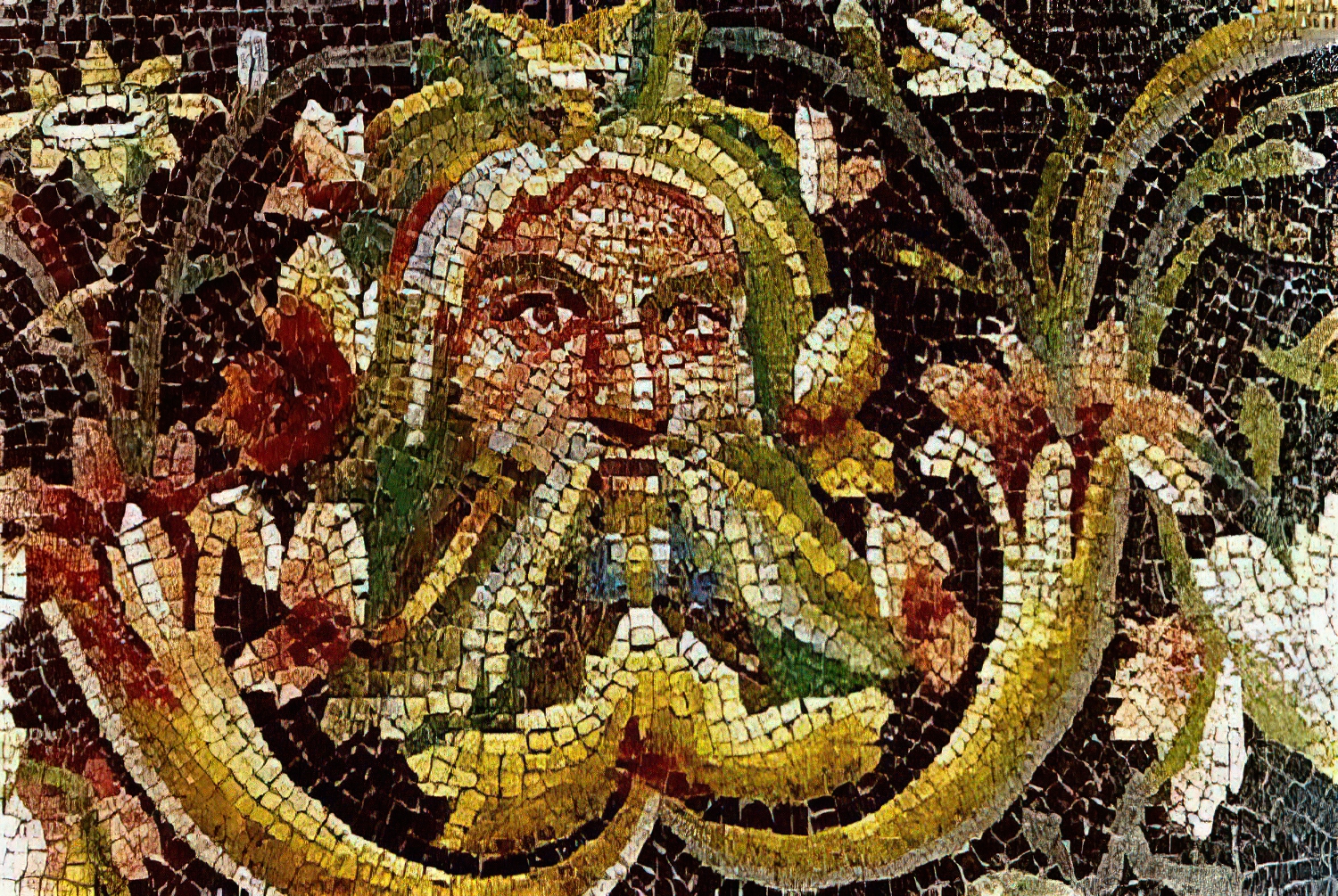Near the end of the month of Boedromion, there was a singular sacrifice organized in Erkhia, a deme of Attica. It was held in honor of the river God Achelous, his intended wife ('alochos') Deianeira, the Nymphs, Hermes, and Gaea. We will be holding a PAT ritual for this sacrifice on the 7th of October at 10 AM EDT.
In Hellenic mythology, Achelous (Ἀχελῷος Achelōios) is the patron deity of the 'silver-swirling' Achelous River, which is the largest river of Greece, and thus the chief of all river deities. His name is pre-Hellenic, its meaning unknown. His parents are generally believed to be Tethys and Okeanos. Very few of the river Gods have mythology about Them, but Achelous was featured heavily in the legends surrounding the hero Hēraklēs. In fact, we believe the origins for this sacrifice lie exactly there. The myth goes as follows:
Achelous, God of the most powerfully flowing river in Hellas, fell in love with the daughter of the king who ruled the land along the river. Deianeira, daughter of Oeneus king of Calydon came to age as the most beautiful woman in the land. For her hand, her father announced a contest: the strongest of her suitors would win her. Achelous, as a God, was by far the strongest in the region and was sure He would win her. But Hēraklēs had also heard of her beauty so in the end it came down to the two of them.
Hēraklēs was the strongest mortal in the world, but Achelous, being a God, had some advantages over him. He could change his shape at will. He could become a snake that curved like the winding river. He could become a bull that roared like the roaring river. And when He was a bull He could tear the very earth with His massive horns, just as the river carved away the land when it overflowed its banks. Even in the shape of a man, He had the horns of the bull on His head.
The fight was terrible. Achelous thrashed and fought Hēraklēs in all his shapes. When Hēraklēs pinned him, he became a snake and slithered loose. But Hēraklēs gripped him again and this time Achelous tried to shake free by changing into a bull. He bucked and raged, but Hēraklēs drove his horns into the Earth and with a mighty heave, he tore one off. Achelous howled and was forced to submit. As such, Hēraklēs won the match and won Deianeira's hand in marriage. And the people of Calydon won as well as the Nymphs hollowed out the horn and good Earth fills it with all the fruits and vegetables of the harvest. It became the Cornucopia, or Horn of Plenty.
This sacrifice, timed well with the reaping of the final fruits of the Earth before winter, includes all involved with the myth: Gaea's inclusion, as the source of all the fruits of harvest, speaks for Herself, Achelous (as the largest, life giving, river) was included because of His waters and the myth of the Cornucopia. That myth included his intended wife Deianeira and the manifestations of Achelous as the sacred bull, the serpent and the Minotaur--all creatures associated with Gaea. Because of their close connection to water, a fertilizing element, and the creation of the Cornucopia itself, the Nymphs were worshiped as daimons of fertility and vegetation. Hermes, as the Bringer of All that is Good helped bridge the divide between myth and humanity.
We hope you join us for this event on Facebook, and the ritual can be found here.

 Khaire! Would you buy me a coffee?
Khaire! Would you buy me a coffee?
No comments:
Post a Comment